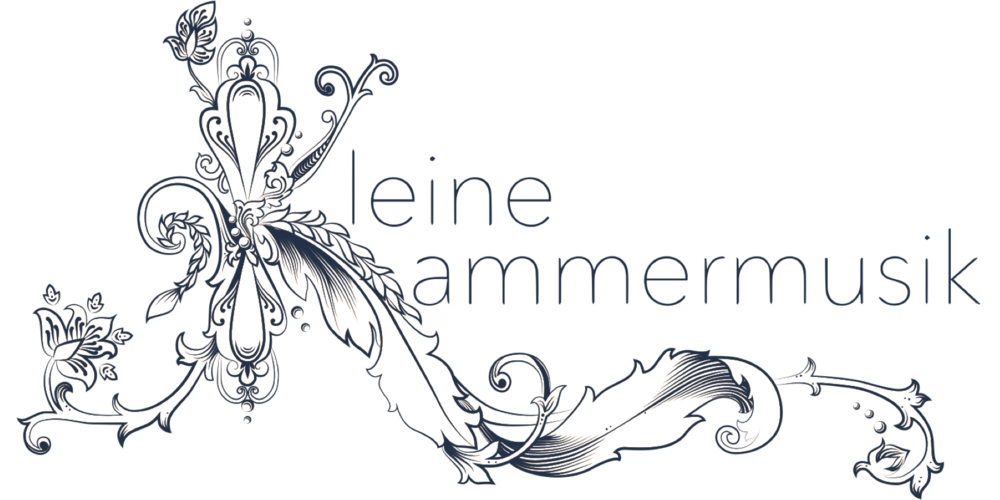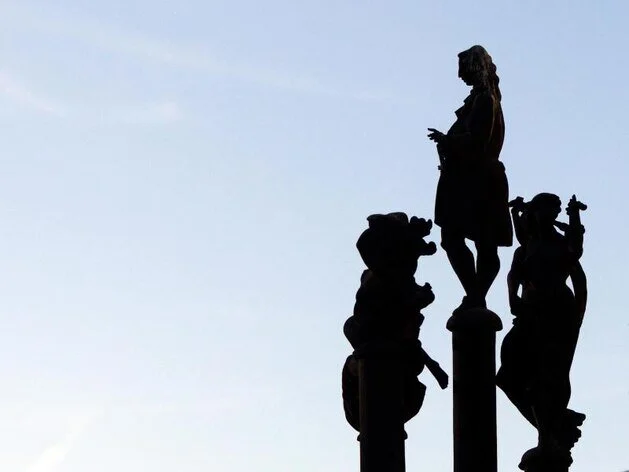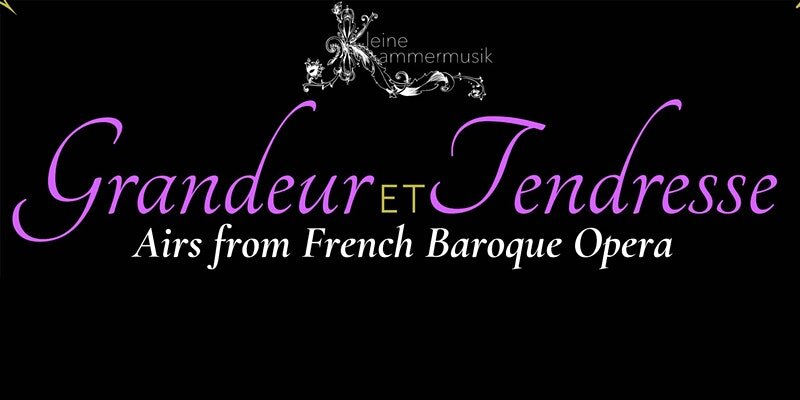DANCES FOR QUEENS
We may forget that some of the most important musical patrons of the Baroque were women. This program includes music that accompanied queens in their daily lives and celebrated the sovereign charm they brought to the lives of their subjects.
Much of this music was written for oboe band, a large ensemble of oboes and bassoons that played a prominent role in royal courts. Our suites from the Fairy Queen and by James Paisible come from a set of four part-books thought to have belonged to the oboe band kept by Queen Anne. Much of the music is by Paisible, who was the queen’s principal composer, and the march for Anne’s husband, the Prince of Denmark, is also included. The music from The Fairy Queen is not identified as by Purcell, but simply called “Suite Angloise” (“English Suite”).
Alongside Couperin, Elisabeth was one of the first composers to write French sonatas, one of which we will be performing in this program. Upon hearing Élisabeth Jacquet de la Guerre's sonatas from 1707, Louis XIV’s courtier was surprised that the king was enjoying the music, which was influenced by the Italian sonata and challenged the purely French style that dominated the court at this time. In response to his courtier, Louis XIV simply replied “Elle est originale.”
Jacquet de la Guerre’s "Pieces de clavevin, qui peuvent se jouer sur le viollon" (1707), which contains the D minor sonata, were meticulous in detail. Her compositions exhibited both breadth and depth: she wrote in many different genres, including unmeasured preludes, cantatas,and dramatic works.
Geoffrey Burgess, Oboes and Recorders
Meg Owens, Oboes and Recorders
Stephanie Corwin, Bassoon and Fagottino
Wouter Verschuren, Bassoon
Kathryn Cok, Harpsichord























